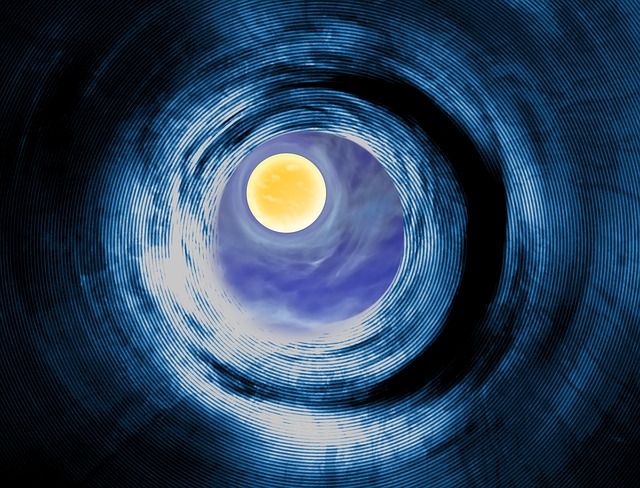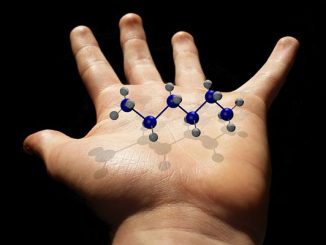
We live in a world where the laws of physics dictate limitations on what can and what can’t be done. And yet we also know that sometimes, exceptions to conventional rules can exist. While there’s a lot of stuff that will probably remain in the realm of science fiction, there are some that have already crossed that line. Maybe not completely. But the proof of concept is already there, and in some cases, initial tests have already proven they actually work. Here are 4 of those seemingly impossible concepts that might turn out to be realistic after all.
Time travel
The concept of movement between certain points in time is one of those things you want to be able to do yourself, right? In fact, there have been a number of TV and movie plots that involve time travel, either through a time machine like Doc’s DeLorean time machine or the Legends’ Waverider; or through a superpower that can make one jump back and forth in time, just like the Flash does.
As sci-fi as it seems, a researcher has recently demonstrated that it is mathematically possible to time travel. And it has to do with the universe being curved, and its four dimensions — length, width, depth and time — being interconnected.
The short version: By building a machine that can curve space-time into a circle, passengers riding it can go forward and backward in time. The challenge is: we have to discover or create the materials needed to build this space-time machine. The good news is: if we can have those materials, the machine can be built.
Teleportation
If we could all just teleport at will, our energy problems will be over because then, we won’t need any kind of transportation to go from one place to another. But physics won’t allow it. Because the molecules in our body can’t just disappear from one spot and miraculously appear in another spot. That’s classical physics, though. In the quantum world, teleportation is in fact possible. Not for humans, but for subatomic particles. It’s known as quantum entanglement, and it’s what Einstein referred to as ‘spooky action at a distance’.
Just last year, NASA reported that they were able to successfully test quantum teleportation by firing photons in unused cables under the city of Calgary, demonstrating that even across long distances, entangled photons can transmit information to each other.
Perpetual motion
It’s pretty basic. There’s no object in the world that can remain in perpetual motion unless energy is applied to it, or its stored energy is transformed into kinetic energy. This principle held true for quite a long time. Until the advent of time crystals.
A time crystal is the perfect contradiction to what we know about matter. To begin with, it’s a kind of matter in non-equilibrium form — it’s a structure that doesn’t just repeat in space; it repeats in time too. But what distinguishes it best is the fact that it continues to move even while it is in a resting state.
Time crystals started out as a concept, but have now graduated into an actual new form of matter. Two groups of scientists have already been able to make their own time crystals. Now they have to figure out what time crystals can do for our world.
Invisibility
There are so many sneaky things you can do when you’re invisible. Which is probably why it’s something the Universe won’t allow. Or so we thought. Because Harry Potter’s invisibility cloak isn’t as impossible as it seems.
So far, scientists have already invented metamaterials that can be used to cloak small objects based on the principle that light waves bend around objects in our field of vision, and that light can be redirected in a way that can make an object hidden. Although this technique can only work on small, not human-sized objects, the principle behind it can be tweaked to make it work on buildings and even cities, not to make them invisible to us, but invisible to earthquakes.
- Bulenox: Get 45% to 91% OFF ... Use Discount Code: UNO
- Risk Our Money Not Yours | Get 50% to 90% OFF ... Use Discount Code: MMBVBKSM
Disclaimer: This page contains affiliate links. If you choose to make a purchase after clicking a link, we may receive a commission at no additional cost to you. Thank you for your support!




Your publication is good on science. Please do more for the information of the public.